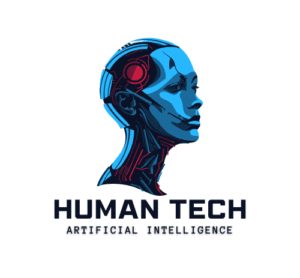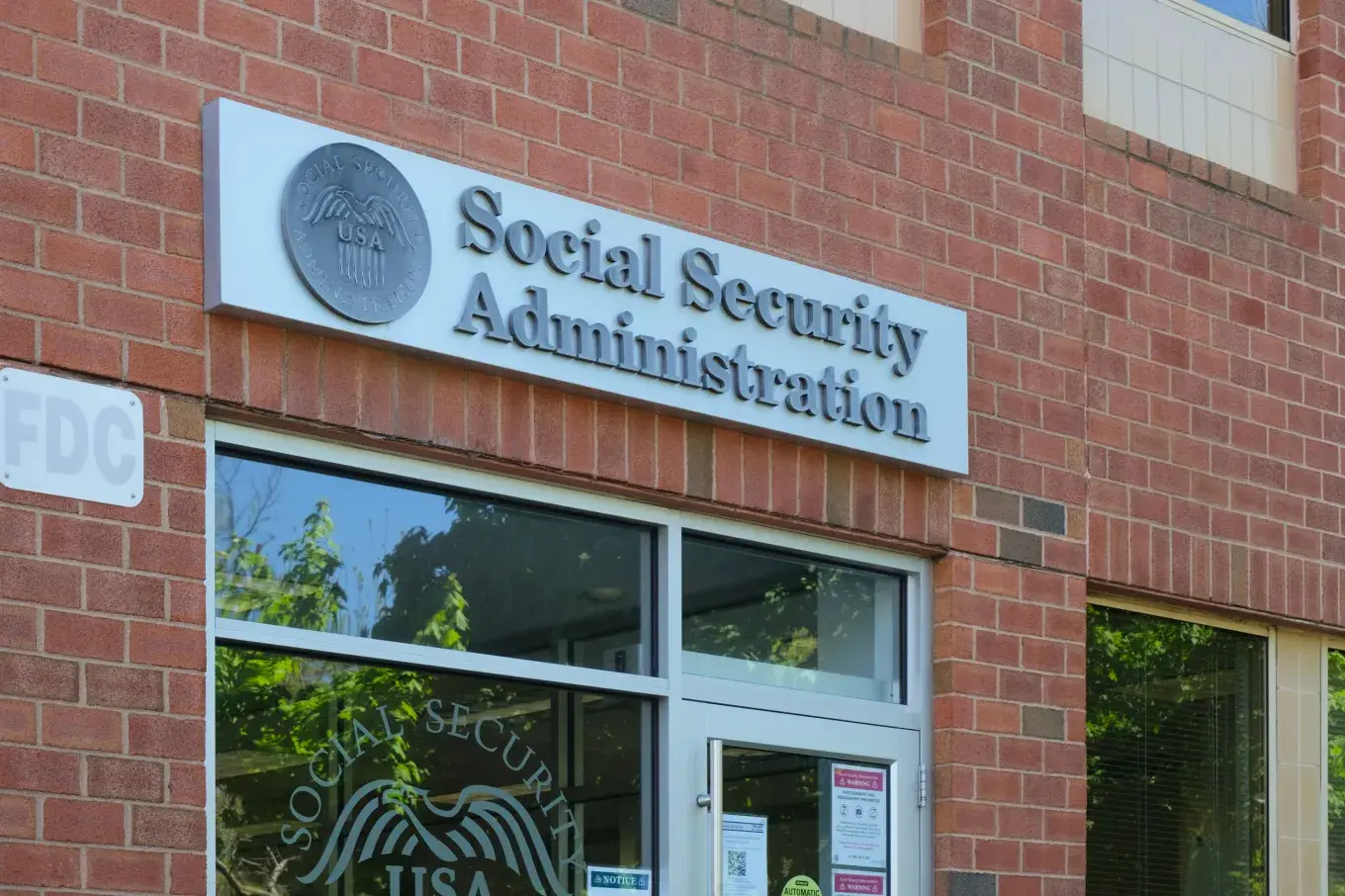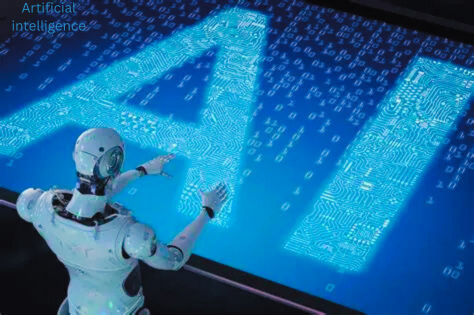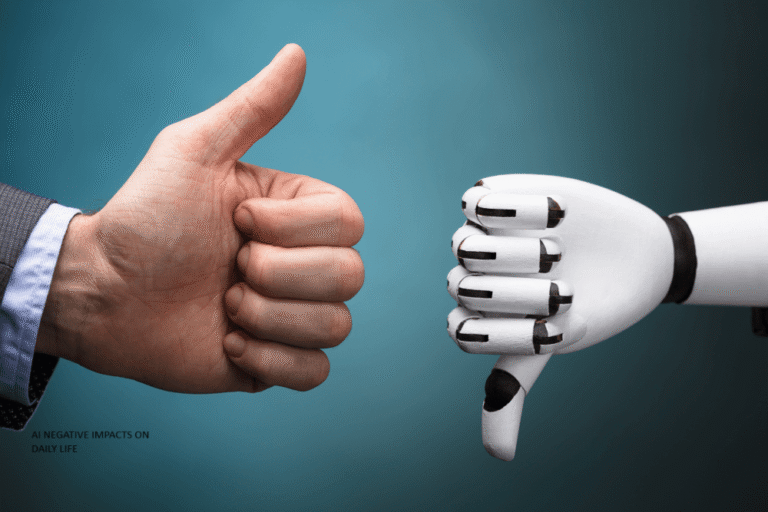Social Security Announces AI Rollout Heart System
Imagine a world where you get quick answers to your Social Security questions and your benefits are processed faster than ever. The Social Security Administration’s new AI Rollout Heart System aims to make this happen. This advanced technology will enhance service and make it easier for everyone to access help. Let’s explore how this new system can change your experience with Social Security and what it means for your finances.
Overview of Social Security AI Rollout Heart System
The Social Security Administration (SSA) is introducing a new system called AI Rollout Heart System, which uses artificial intelligence (AI). This smart technology is meant to make it easier for the SSA to handle claims and help people.
The Heart System will simplify the application process, so it’s quicker for individuals to get their benefits. With AI, this system can swiftly look through information and spot trends, leading to quicker decisions.
This new rollout aims to cut down on waiting times and enhance customer service. With the Heart System, SSA workers will have improved resources to assist those in need.
Bringing in this technology shows the agency’s dedication to being modern and efficient. Ultimately, the Heart System seeks to make the experience better for everyone who depends on Social Security benefits.
Key Features
- Social Security AI Rollout Heart System improves benefit management for Americans.
- User-friendly interface allows easy online access to information.
- Advanced data processing speeds up application analysis and claim decisions.
- Enhances accuracy, minimizing errors that could delay benefits.
- Offers personalized support for tailored user inquiries.
- Prioritizes security with robust encryption for personal information protection.
- Aims for a smoother, more efficient user experience.
Impact on Efficiency
The Social Security Administration has a new AI system called HeaRT that records and transcribes hearings in person, over the phone, and via video. This system will save about $5 million each year, cut down on cancellations and delays from equipment problems, and allow staff to concentrate on their work instead of tech issues. This will help around 500,000 customers each year. Although these changes aim to speed up hearings and improve service, challenges like mistakes in transcription, the need for training, and oversight might reduce efficiency gains at first.
Transformational Objectives
- Improve reliability
- Increase efficiency
- Enhance accessibility
- Boost customer experience
- Empower staff
- Modernize service delivery
Advantages of Integrating AI in Social Security
Using AI in the Social Security Administration with the Heart System brings many important benefits. These include faster and more precise handling of claims, which helps provide better service to millions of people who rely on it.
Enhanced Efficiency
AI automates routine tasks, allowing staff to focus on complex cases.
Improved Accuracy
AI minimizes human error, ensuring accurate claims processing and maintaining public trust.
Predictive Analytics
AI analyzes historical data to identify patterns, aiding resource allocation and policy-making.
Personalized Services
Machine learning enables tailored communication and services for improved user satisfaction.
Fraud Detection
Advanced algorithms enhance fraud detection, protecting the integrity of the system.
Cost Savings
AI integration reduces operational costs, benefiting taxpayers through efficient fund allocation.
Informed Decision-Making
Data analysis provides insights for policymakers, leading to a more responsive Social Security system.

Challenges and Considerations
Bringing AI into the Social Security Administration’s Heart System comes with a number of challenges and things to think about that need thorough assessment. Important points to consider are issues related to data privacy and the limits of technology.
Data Privacy
Social Security manages very sensitive personal information. Any AI system must protect this data from leaks, hacking, or misuse.
Ethical Concerns
AI decisions can directly affect people’s benefits and lives. To be fair, these systems must be transparent, explainable, and free from bias.
Technical Limits
AI models need huge amounts of accurate data. Collecting and using this data within strict legal rules can be difficult.
High Costs
Developing, deploying, and maintaining AI systems can be expensive. Agencies must balance the cost with the value and efficiency gained.
Staff Training
Employees need training to understand AI outputs and work alongside these systems while keeping the human empathy that beneficiaries depend on.
Future Outlook for Social Security AI Heart System
The future of the Social Security AI HeaRT (Hearing Recording and Transcriptions) system appears highly promising, with the potential to reshape how social services are delivered across the nation. By harnessing the power of artificial intelligence, the system is expected to process and analyze data more efficiently, provide greater accuracy in hearing records, and ultimately improve the overall service experience for millions of beneficiaries.
A key benefit of this AI-driven approach is its ability to reduce errors, detect inconsistencies, and ensure that individuals who may otherwise be overlooked are identified for the benefits they are entitled to. This creates a fairer, more inclusive system where support reaches those who need it most. At the same time, by streamlining traditionally time-consuming processes such as application handling and hearing transcription, HeaRT can significantly cut delays, making benefits more accessible in a faster and simpler way.
Looking ahead, as the technology matures, the system will likely deliver even stronger predictive capabilities and smarter recommendations. These insights can help Social Security staff and decision-makers allocate resources more effectively, prioritize urgent cases, and reduce backlogs that have historically slowed down service delivery.
Another crucial aspect of its evolution is the integration of user and community feedback. By continuously learning from real-world use, the HeaRT system can adapt to better meet the needs of claimants, improve accuracy across diverse speech patterns and formats, and enhance transparency in decision-making.
Conclusion
The AI Heart System from Social Security is an exciting new development that will enhance service delivery. This technology will provide faster responses and a smoother application process. Social Security is dedicated to using modern solutions to better serve the community. As these changes roll out, we encourage everyone to learn about how the system works and what it means for them.
FAQs
Will my personal information be safe with this new system?
Yes, protecting your personal information is a top priority. The AI system follows strict security measures to keep your data safe.
Do I need to do anything to use the AI system?
No, you don’t need to take any special steps. The system will be integrated into existing services, so you can continue using Social Security as usual.
When will the AI system be fully operational?
The rollout is happening in stages, with full operation expected within the next few months. Keep an eye on updates for specific dates!
Can I still talk to a real person if I prefer?
Absolutely! While the AI system will assist with many tasks, you can still reach out to human representatives whenever you need.
What types of services will the AI system handle?
The AI will help with various services, such as answering questions about benefits, processing claims, and providing updates on your status.
Is there a cost to use the AI Rollout Heart System?
No, the AI services will be provided at no extra cost to you. All services offered by Social Security remain free of charge.







